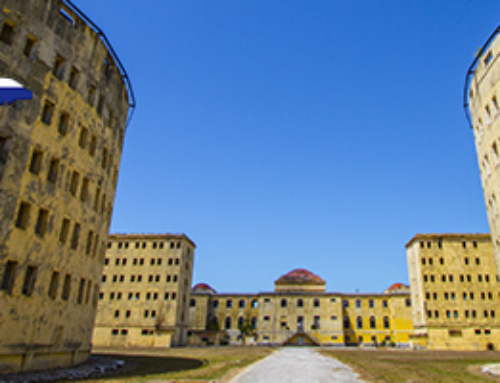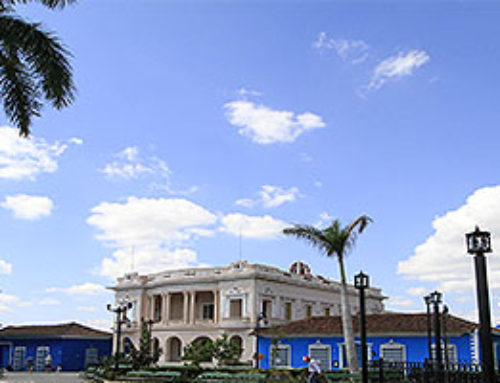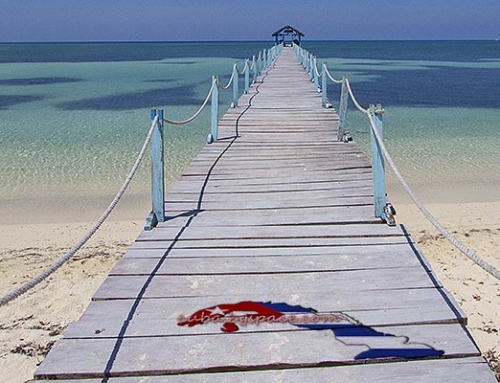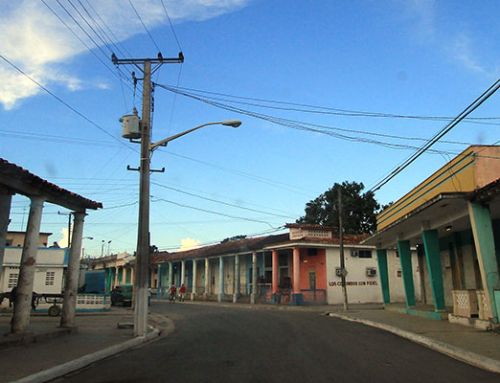There is a neighbourhood in Havana with colourful houses, mosaics, and drawings, which will take you back to childhood. And all of this thanks to Jose Fuster.
Jose Fuster was born in 1964 in Caibarien, Villa Clara Province, close to the Cayo Santa Maria resort in Cuba. “I am a man of the sea”, Fuster claims. “I come from a poor family. We lived on fishing.” At the age of fourteen, Fuster took part in the Cuban Literacy Campaign, which aimed at making the Cuban nation literate. The project was inspired by the Cuban Revolution, ignited by El Comandante Fidel Castro Ruz and Ernesto Che Guevara. Fuster used to teach Spanish in the remote areas of the Siera Maestra Mountain, where access to education is fairly limited. Later, Fuster graduated from the University of Havana in the field of Arts. His career as an artist dates back to 1966 up to the present day when Fuster boasts over 100 exhibitions and over 500 more in which he took part.
Fusterlandia is a result of Fuster’s development as an artist. “I used to work every day in order to create something spectacular”, he shares. “I wanted for my investigation to be my space for art. This has always been my illusion, my idea and it eventually happened. When I arrived here, my house was small and wooden”, Fuster remembers. “So I decided to do something about it. I started building my own dream.”
Fuster was inspired by the ideas of the great architects – Gaudi in Barcelona and Brancusi in Romania. He reveals that he invested his income from selling paintings and sculptures in his neighbourhood, where he reconstructed his neighbours’ houses including them in Fusterlandia. “This project doesn’t involve only my house, it spreads across my whole neighbourhood. My neighbours are wonderful people. Such an undertaking seemed impossible in Cuba, but with time all dreams are bound to come true.”
The roofs, walls, entrances, and benches around Fuster’s house – everything is decorated with colourful sculptures and mosaics, mermaids, fish, palm trees, roosters, santeria deities, and scenes with the heroes of the Cuban Revolution. More than 80 neighbours trusted their houses to Fuster as canvases. Some of his works in Fusterlandia are devoted to different near-by countries. Eventually, Saint Alexander Nevski and the Bulgarian Rose were included as a symbol of the Cuban-Bulgarian friendship thanks to the Bulgarian community and the Bulgarian embassy in Havana, who made it possible. Read here more about the Bulgarian traces in Cuba.















